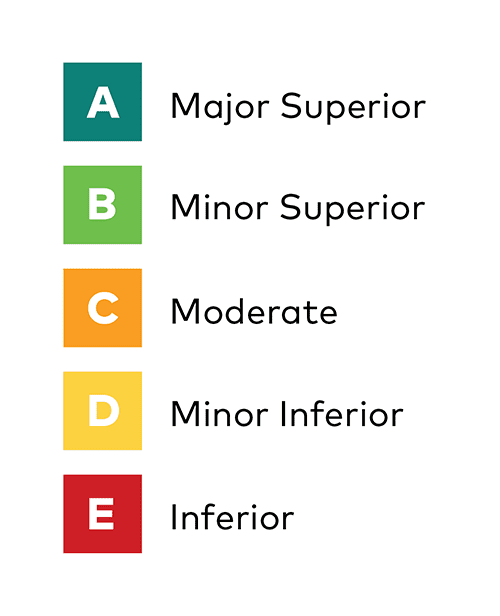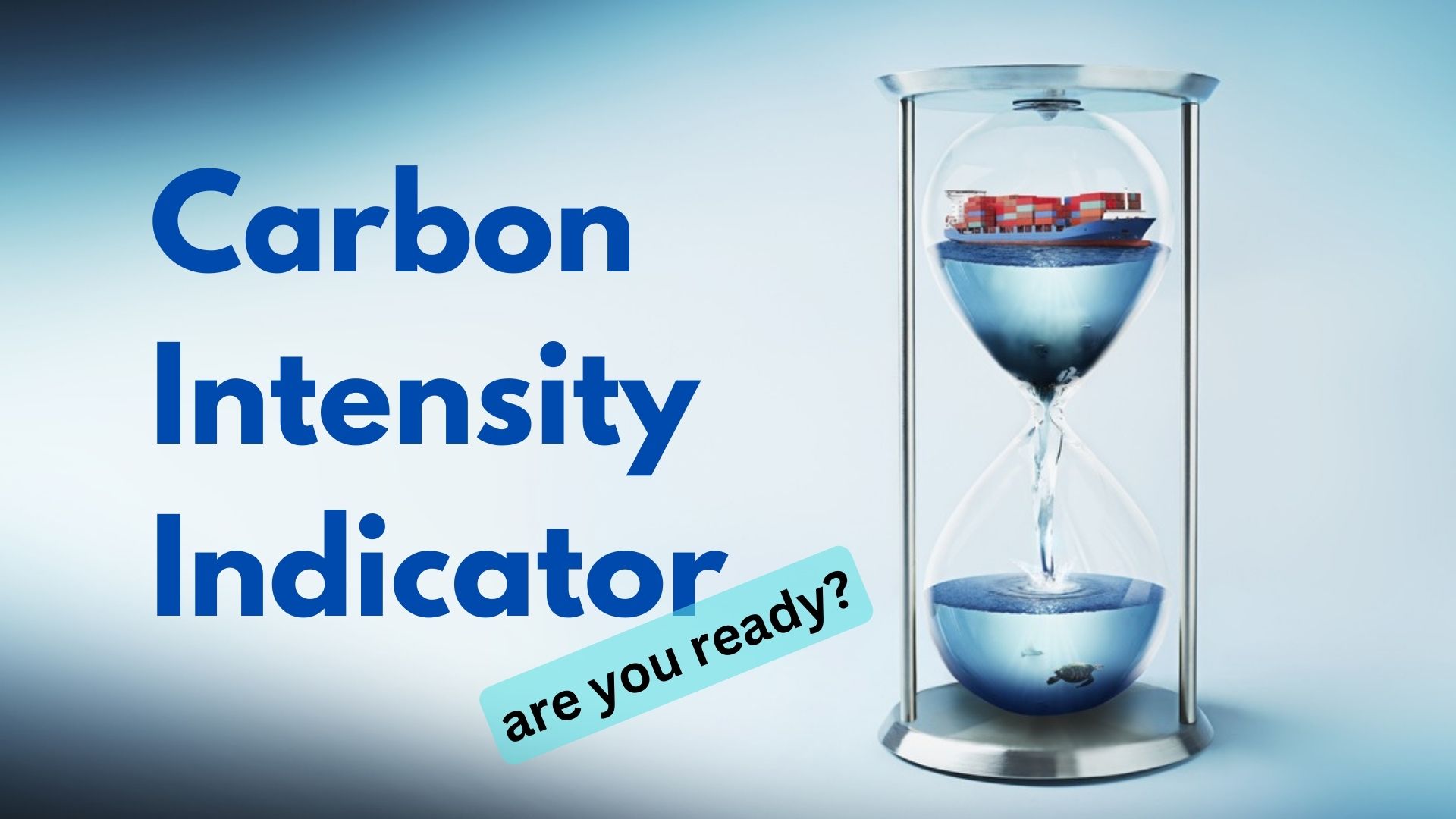
(www.MaritimeCyprus.com) In force from January 1, 2023, the Carbon Intensity Indicator is a key outcome of the IMO’s ambitious targets to reduce CO2 emissions from ships by 40% by 2030 and by 70% by 2050 (against a 2008 baseline). Below, we explore the ways the new IMO instrument is reflected within BIMCO’s recently published CII Operations Clause for Time Charter Parties.
Following the implementation of global limits on bunker sulphur content from 1 January 2020, another significant milestone on shipping’s path to greater sustainability has been reached with the coming into force of the MARPOL Carbon Intensity Regulations (the “Regulations”) on 1 January 2023. Those Regulations apply to ships of 5,000 GT or above that trade internationally. Each vessel will be assigned a Carbon Intensity Indicator (“CII”) rating from A to E, which will be calculated using an IMO-prescribed formula designed to assess efficiency. Port authorities and other stakeholders will be encouraged to provide incentives to vessels with A or B ratings.
The CII rating must be reported annually. Vessels with ratings of D for three consecutive years or E for one year must take corrective action to achieve a rating of C or above.

Measures taken to improve efficiency could include, for example, using low-carbon fuel instead of fossil fuel, ensuring that the hull is clean in order to reduce drag, speed and routing optimisation and installation of solar or wind auxiliary power.
In readiness for this change, BIMCO recently published a new CII Operations Clause for Time Charter Parties (the “Clause”) which can be found here. Given that improvements to the CII rating will likely require changes to the way in which the vessel is employed, the Clause puts much of the responsibility on the charterers. The main provisions are summarised below:
- Sub-clause (b) requires the parties to work together in good faith to identify potential
improvements to the vessel’s energy efficiency and to collect and share relevant data on a daily basis. - Sub-clause (c)(i) states that the charterers must plan voyages and select fuel in a manner consistent with the Regulations. This may require the charterers to give alternative or adjusted employment orders. The charterers must not permit the vessel’s actual “C/P Attained CII” value to exceed a target “Agreed CII” value, which must be pre-agreed between the parties under part (d). The assessment is to be made at the end of each calendar year or, if sooner, by the time of redelivery.
- Sub-clause (c)(ii) states that warranties contained within the charter relating to despatch, speed and consumption, or to maintain the Vessel's description shall continue to apply. If any of those warranties are breached, the charterers will be entitled to pursue a separate claim against the owners, but the breach cannot be relied upon by the charterers as a basis to avoid meeting their obligations under the Clause.
- Sub-clause (f) states that the owners must exercise due diligence to ensure that the parts of the vessel relevant to energy efficiency are maintained in order to minimise fuel consumption. The owners must also ensure optimisation of passage planning. The owners must monitor the actual consumption on a daily basis and provide data requested by the charterers for the purpose of calculating and comparing the “C/P Attained CII” with the “Agreed CII”.
- Sub-clause (g) states that the owners must warn the charterers if the trajectory of the “C/P Attained CII” is deviating from the “Agreed CII”. If the “C/P Attained CII” continues to deviate, then the owners are entitled to require the charterers to provide a written plan setting out the vessel’s proposed commercial operations for at least the next voyage. If the owners consider that plan to be insufficient, they must notify the charterers. The parties must then work together in good faith to agree an adjusted plan that will achieve compliance. The deadline for each of these steps is two working days. In the meantime, the owners are entitled to disregard the charterers’ orders and to reduce the vessel's speed or require the charterers to provide orders which will bring the “C/P Attained CII” in line with the “Agreed CII”.
- Sub-clause (i) requires the charterers to ensure that the terms of bills of lading issued by the owners provide that compliance with the Clause does not constitute a breach of the contract of carriage. In the event that bills are issued as presented, and performing the voyage in compliance with the Clause amounts to a deviation or a failure to proceed with due despatch under the bills, the charterers must indemnify the owners against liabilities arising as a result.
- Sub-clause (j) states that the owners are entitled to claim losses caused by any breach by the charterers of their obligations under the Clause.
This is a complex and substantial clause (over 2,000 words – roughly double the length of this article!). The obligations placed on the charterers are onerous and it remains to be seen how widely the Clause will be adopted, particularly in its unamended form and by those charterers in strong negotiating positions.
It will also be interesting to see how owners and charterers grapple with the obligations imposed by the Clause in practice. Is it realistic to expect that parties will put their own commercial interests to one side, in order to work together as required under sub-clauses (b) and (g)?
There is, therefore, a risk that this may become a fertile source of disputes. For example, the Clause requires extensive sharing of information between the parties. What if, for example, the information provided is not accurate or complete? Where is the dividing line drawn between data that the charterers are entitled to request under sub-clause (f) and that which they are not? What if the provision of such data puts a disproportionately large administrative burden on the owners?
Perhaps even more likely to result in disagreement is the conflict that the Clause is likely to bring between the owners’ desire to achieve as high a CII rating as possible, and the charterers’ desire to employ the vessel in the manner that best suits their commercial interests. For example, a situation can easily be envisaged where the charterers order the vessel to proceed at full speed in order to meet a laycan or to take its place in the line-up for berthing, but the owners wish to disregard those orders under sub-clause (g).
Source: Neil Jackson, Senior Associate, CJC













